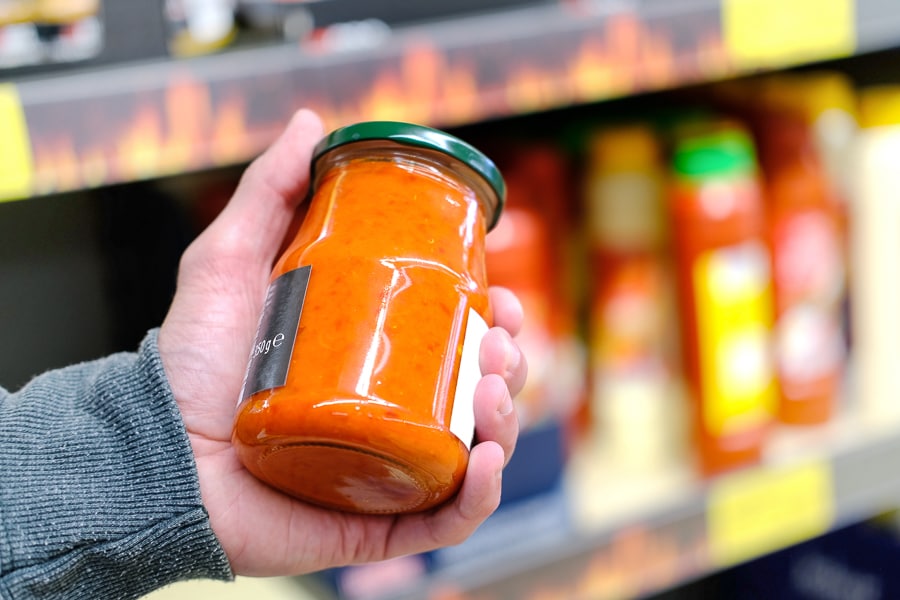
Why companies raise their prices: Because they can
Markups on household items started climbing years before the COVID-19 pandemic. Companies have realized just how much consumers will pay for the brands they love, says research by Alexander MacKay
 Despite the steady increase, shoppers still bought their favorite breakfast cereals, paper towels, and other consumer goods during the decade and a half before the pandemic began
Image: Shutterstock
Despite the steady increase, shoppers still bought their favorite breakfast cereals, paper towels, and other consumer goods during the decade and a half before the pandemic began
Image: Shutterstock
Grocery bills may be ridiculously high these days, but supply chain problems, energy costs, and inflation aren’t the only factors to blame. New research suggests that companies are raising prices simply because they can.
In 2021, US companies logged their most profitable year since the 1950s, as many took advantage of economies of scale and other more efficient production processes. Yet, firms increasingly held on to the savings they gained from these reduced costs, rather than passing them on to customers in the form of lower prices.
Instead, markups—the difference between prices charged at checkout and the marginal costs incurred by a company in order to make a product—climbed about 25 percent between 2006 and 2019, according to research by Alexander J. MacKay, an assistant professor at Harvard Business School.
Despite the steady increase, shoppers still bought their favorite breakfast cereals, paper towels, and other consumer goods during the decade and a half before the pandemic began, write MacKay, Georgetown University’s Nathan Miller, and the Düsseldorf Institute for Competition Economics’ Hendrik Döpper and Joel Stiebale in Rising Markups and the Role of Consumer Preferences (pdf). The research sheds light on how markups on key household items had already taken off in the years leading up to the Covid-19 pandemic.
“I was surprised to find that product markups went up as much as they did,” MacKay says.
This article was provided with permission from Harvard Business School Working Knowledge.







